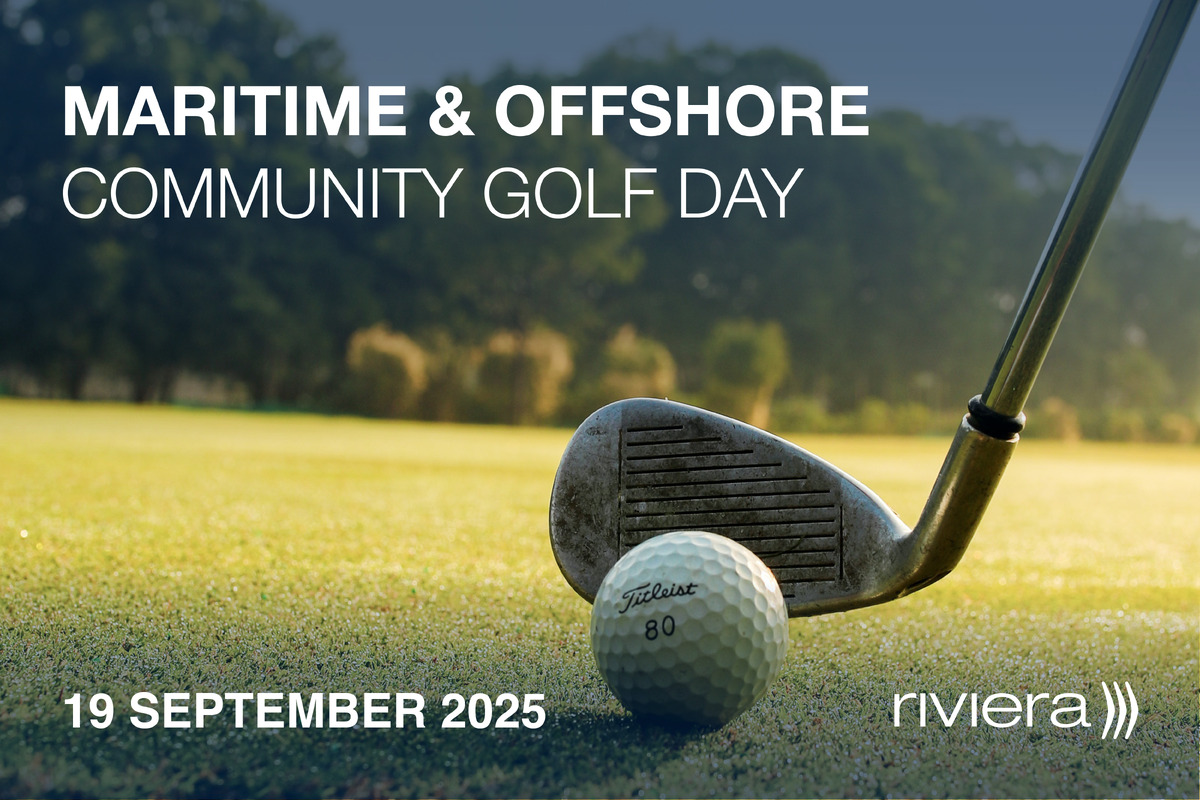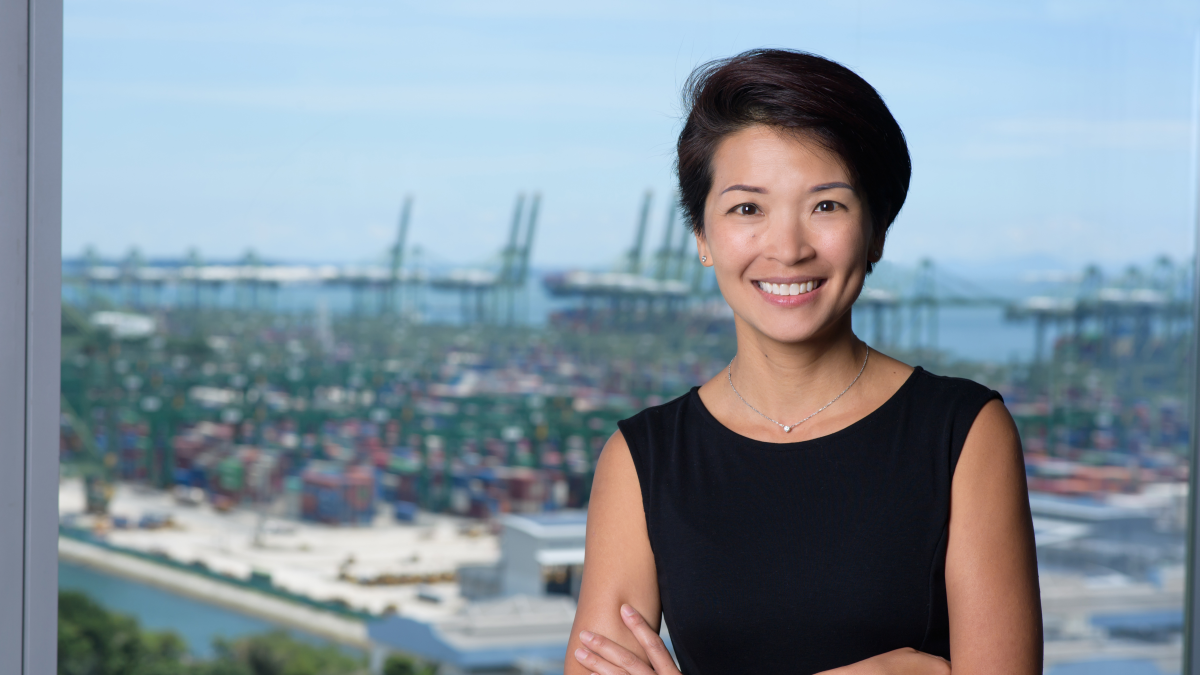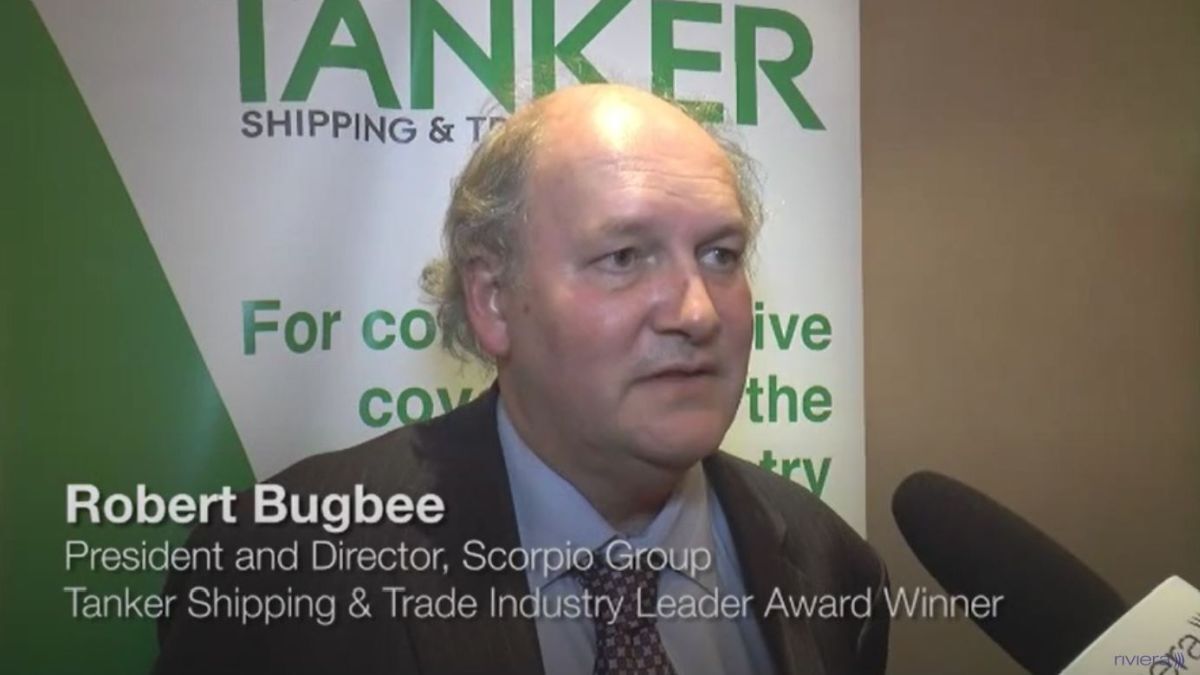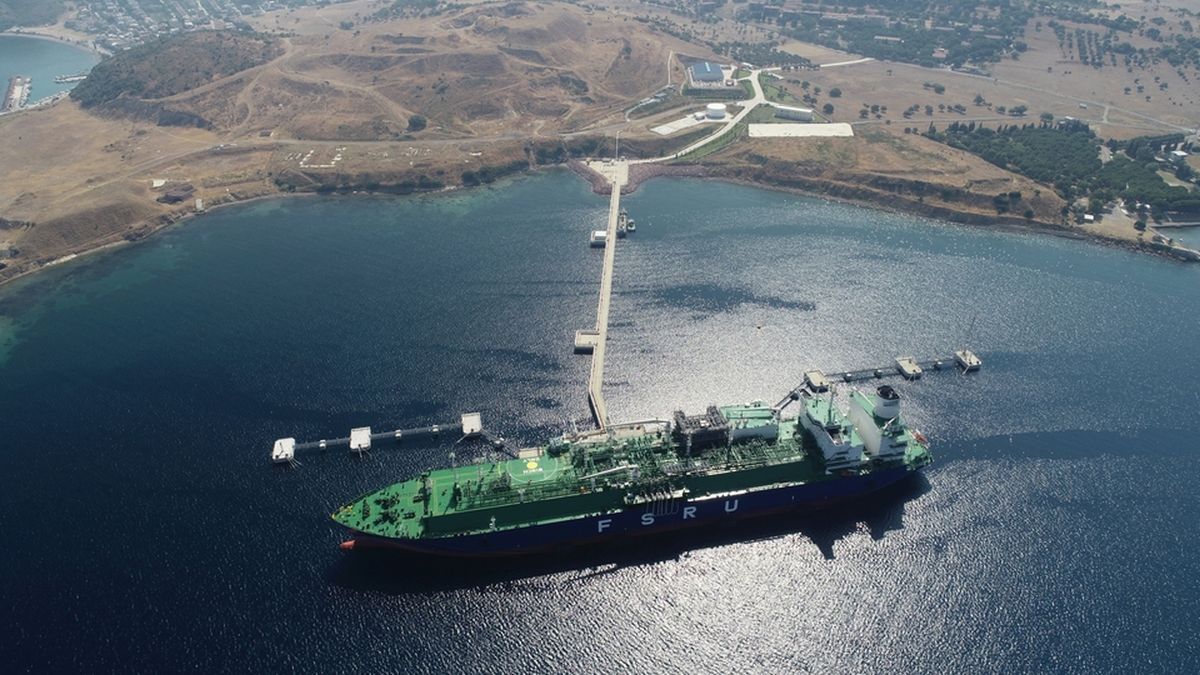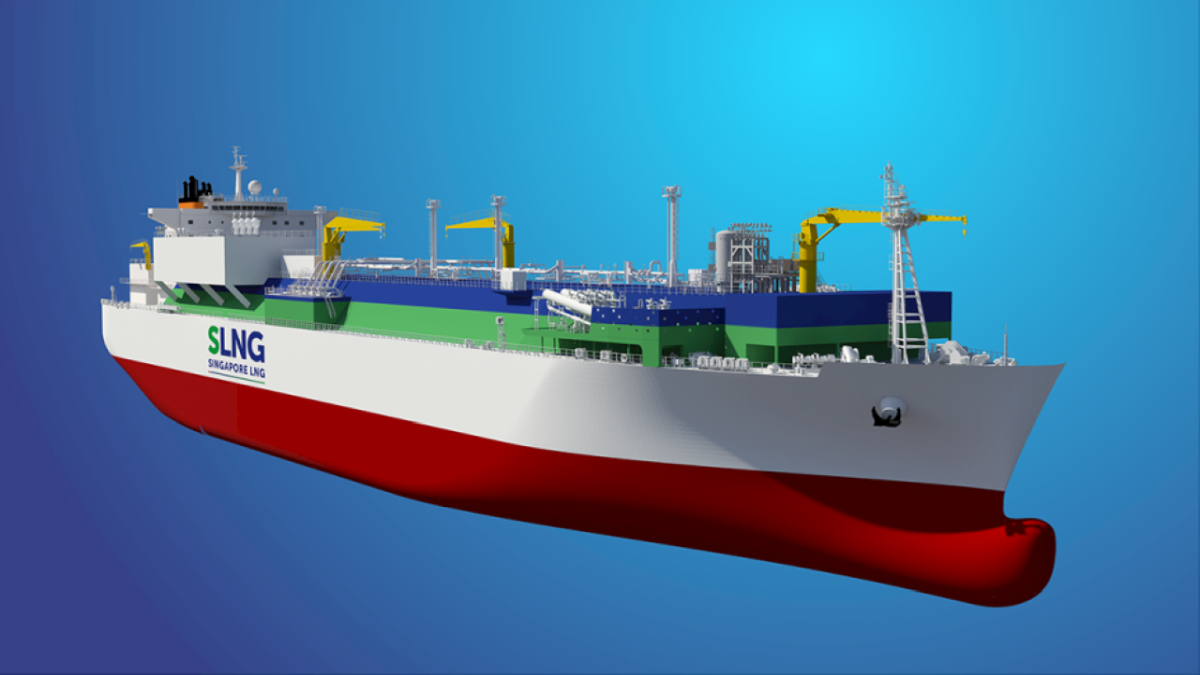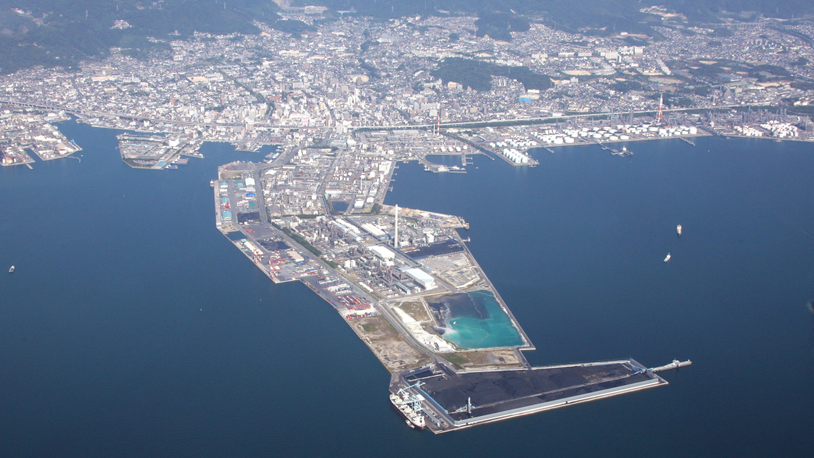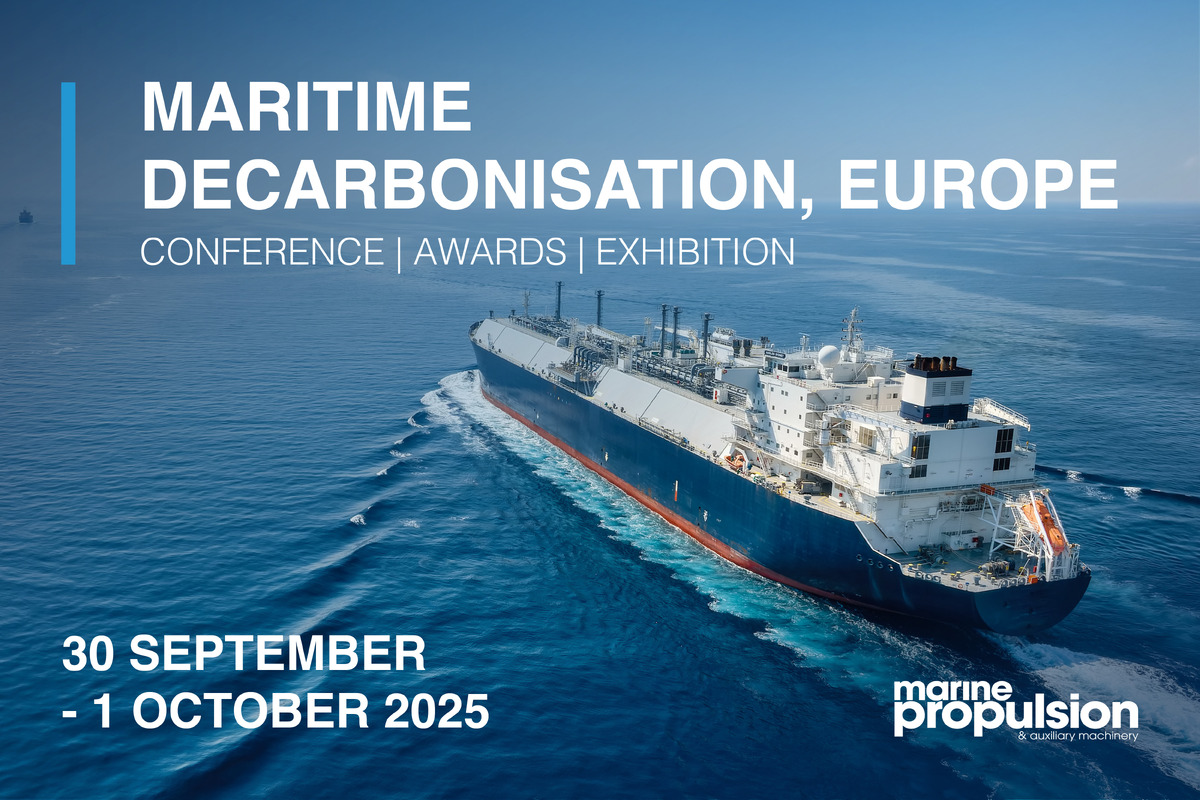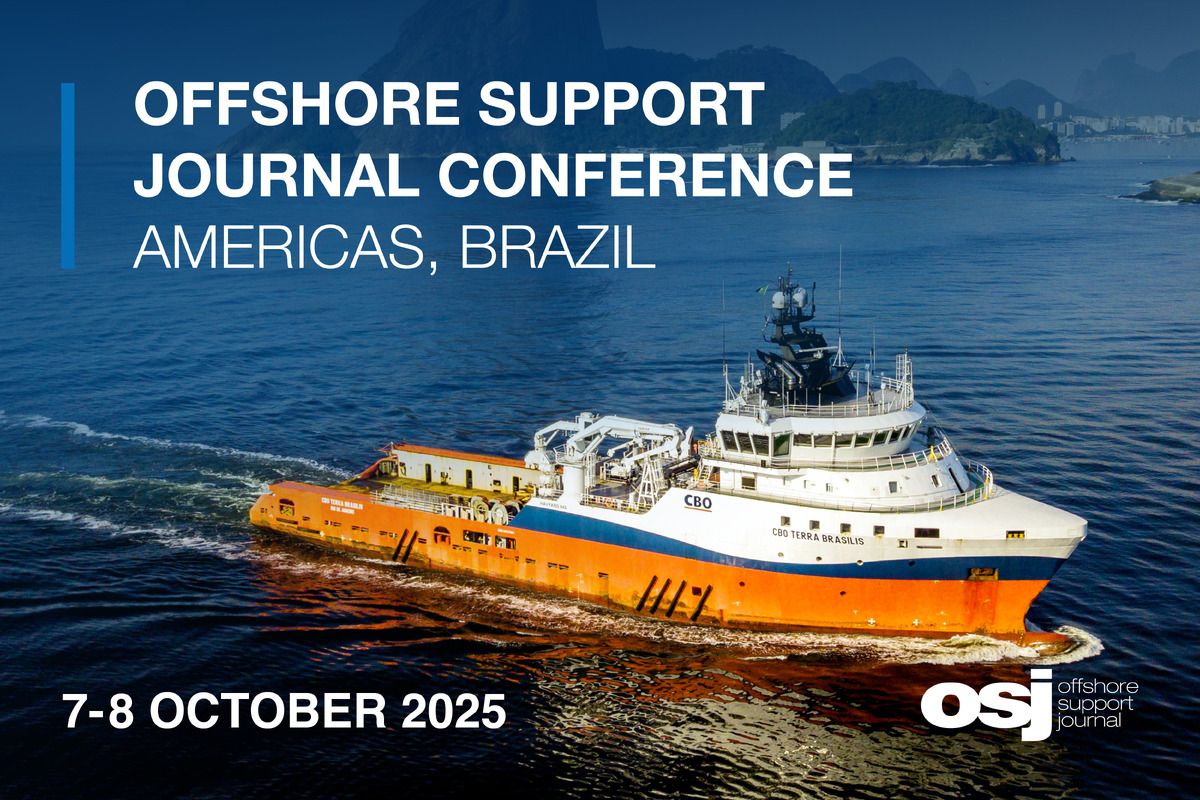Business Sectors
Contents

Digitalisation and alternate fuels: a new approach to safety is required
DNV GL has identified a looming ’safety gap’ between shipping’s existing approach to safety risks and its ambitions for greater digitalisation and the adoption of alternative fuels
DNV GL reports that while the maritime industry is undergoing a rapid transition to a decarbonised, digitally smart future, the new technologies and fuels the industry is banking on to meet the challenges of the next decades are also creating a new risk landscape, and demanding a new approach to safety.
The anxiety over the looming safety gap is detailed in a new DNV GL whitepaper – Closing the safety gap in an era of transformation.
If shipping is able to adapt and implement the new safety paradigm identified in the whitepaper, the end result could be a maritime industry that is not only more efficient and sustainable, but safer as well.
DNV GL – Maritime chief executive Knut Ørbeck-Nilssen said “To close the safety gap, we will need a collective, ongoing effort. As a class society, we can play a leading role by acting as trailblazers for regulators, gathering expertise, partnering with industry and developing guidelines. Suppliers, owners and yards can work together to ensure we treat vessels holistically, over the entire lifecycle, rather than a collection of separate sub-systems.”
“We need to recognise how any single decision, for example the choice of fuel or introducing a new digital system, impacts upon other ship systems, the vessel as a whole, and even the fleet. But, if we can all work together, step out of our silos, we can develop the procedures and competencies needed to meet these challenges and enable a culture of continuous improvement,” he continued.
The whitepaper focuses on the twin trends shaping the industry – digitalisation and decarbonisation – and the safety-related risks associated with these trends. Digitalisation increases system complexity and introduces new ways of operation and collaboration, while decarbonisation involves a significant increase in the use of alternative fuels and operations. To deal with these, the whitepaper focuses on the interaction between technology, organisations, and the greatest asset of the maritime industry: its people.
DNV GL – Maritime principal consultant and lead author of the whitepaper Fenna van de Merwe said “If we want to ensure our industry transforms safely, we must embrace the idea that whenever we are developing new technologies, systems and processes, the end user must be central to that development process. Our aim should be that throughout the industry we have a shared focus that in both design and operation we are supporting people in their work and decision making. This is essential to understanding these new risks and to building the safety barriers that will enable us to realise the potential of these new technologies and processes safely.”
When asked if DNV GL had identified any safety issues specific to tankers in the transition to LNG as a fuel, Ms van de Merwe said the cause of an incident or an accident has a very complex collection of causes. Any or all of the factors in the whitepaper could contribute, but it is too soon to see specific issues with tankers transitioning from traditional fuel oils to LNG as a fuel.
The whitepaper concludes that every maritime organisation can play a part in facilitating safe and efficient performance, by balancing technology and personnel, utilising human-centric design, and ensuring the overall wellbeing of their people. Because ultimately, it is the people in these organisations who will lead the industry forward as it transforms to a more digital and decarbonised future.
Download your copy of Closing the safety gap in an era of transformation here.
Are tanker newbuildings on the cusp of transition to LNG as a fuel? Find out more at the Marine Propulsion Webinar Week 15-19 February 2021.
Related to this Story
Events
Maritime & Offshore Community Golf Day 2025
Offshore Wind Webinar Week
Maritime Decarbonisation, Europe: Conference, Awards & Exhibition 2025
Offshore Support Journal Conference, Americas 2025
© 2024 Riviera Maritime Media Ltd.
